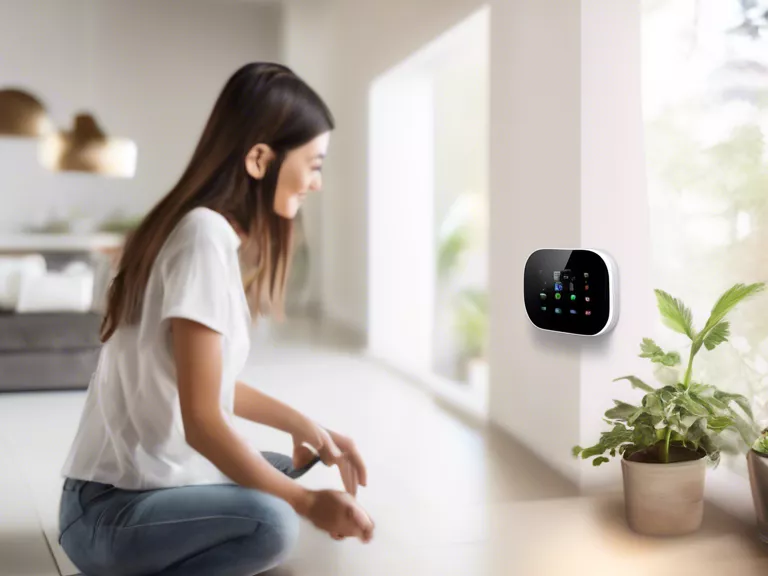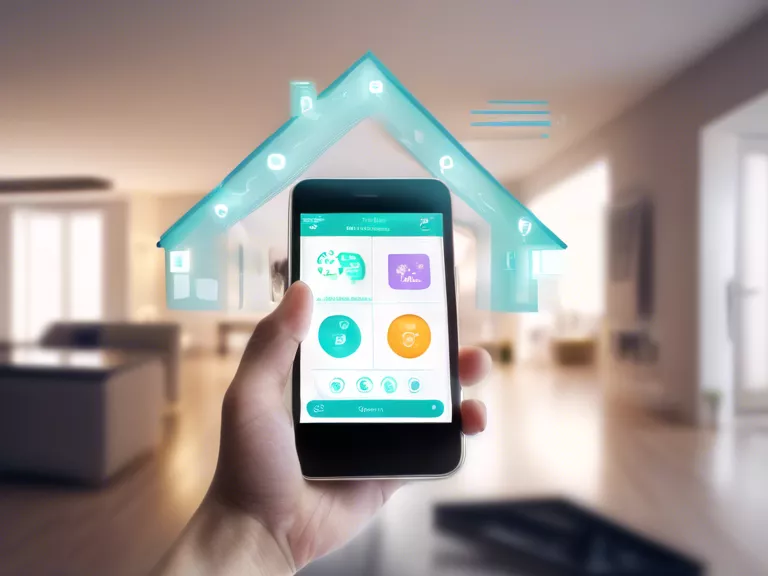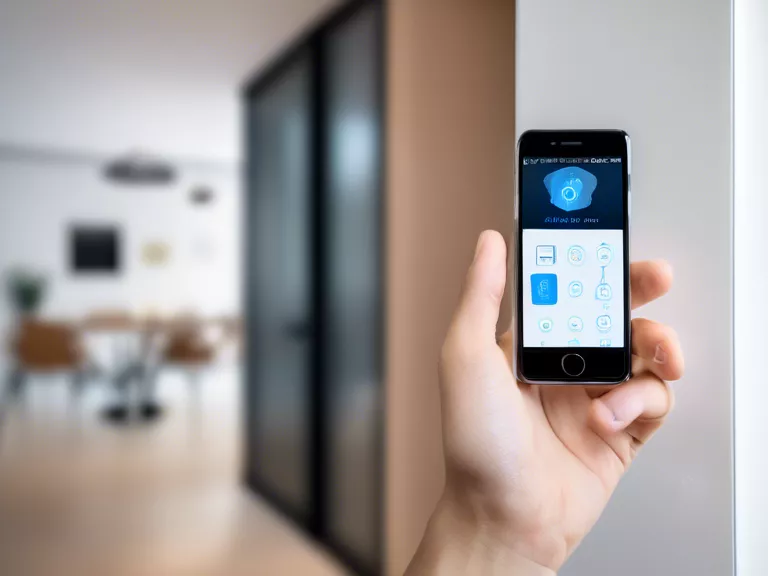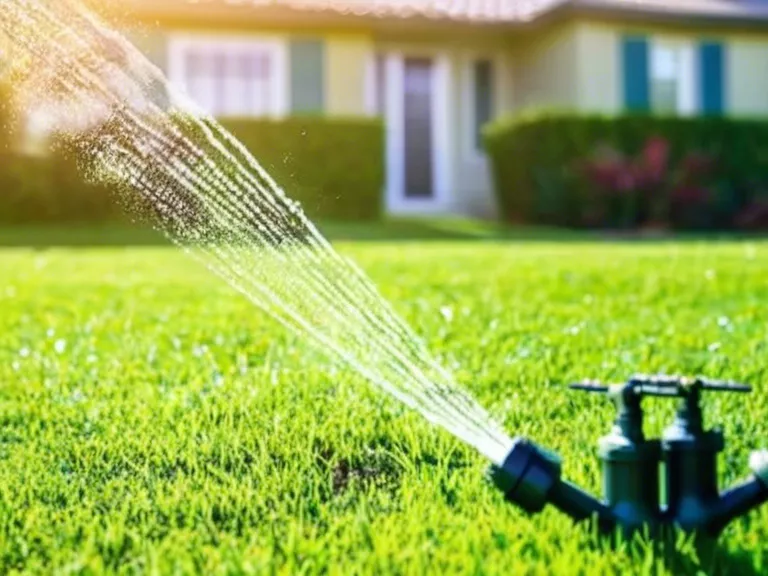
How to Integrate Smart Home Devices into a Seamless Ecosystem
The popularity of smart home devices continues to rise as more people seek to add convenience, security, and energy efficiency to their homes. From smart thermostats and lighting systems to home security cameras and voice assistants, there are a wide variety of devices that can be integrated into a seamless ecosystem to make your home smarter and more connected. In this article, we will explore how to effectively integrate smart home devices into a cohesive system that works together seamlessly.
Centralize Control with a Smart Hub
One key step in creating a seamless smart home ecosystem is to centralize control of all your devices through a smart hub. A smart hub acts as a central control center that allows you to manage all your devices from one location. This can include adjusting your thermostat, turning off lights, and even arming your security system all from a single app on your smartphone.
Choose Devices that Support Interoperability
When selecting smart home devices, it's important to choose products that support interoperability. Look for devices that can communicate with each other using common protocols like Zigbee or Z-Wave. This will ensure that your devices can work together seamlessly without any compatibility issues.
Automate Routine Tasks
Another way to integrate smart home devices into a seamless ecosystem is to automate routine tasks. For example, you can create routines that turn off all your lights and lock your doors when you leave for work in the morning. This not only adds convenience but also helps to save energy and increase security.
Use Voice Control for Hands-Free Operation
Voice assistants like Amazon Alexa and Google Assistant can also play a key role in integrating smart home devices. By using voice commands, you can control all your devices without having to lift a finger. Whether you want to adjust the temperature or play music, voice control adds another layer of convenience to your smart home ecosystem.
Regularly Update Firmware and Software
Finally, to ensure that your smart home ecosystem runs smoothly, it's important to regularly update the firmware and software of your devices. Manufacturers often release updates that improve performance, security, and compatibility with other devices. By staying up to date with these updates, you can ensure that your smart home system operates at its best.
By following these tips, you can create a seamless smart home ecosystem that brings together all your devices in harmony. From centralized control to automation and voice commands, there are many ways to integrate your smart home devices for a more connected and convenient living experience.



